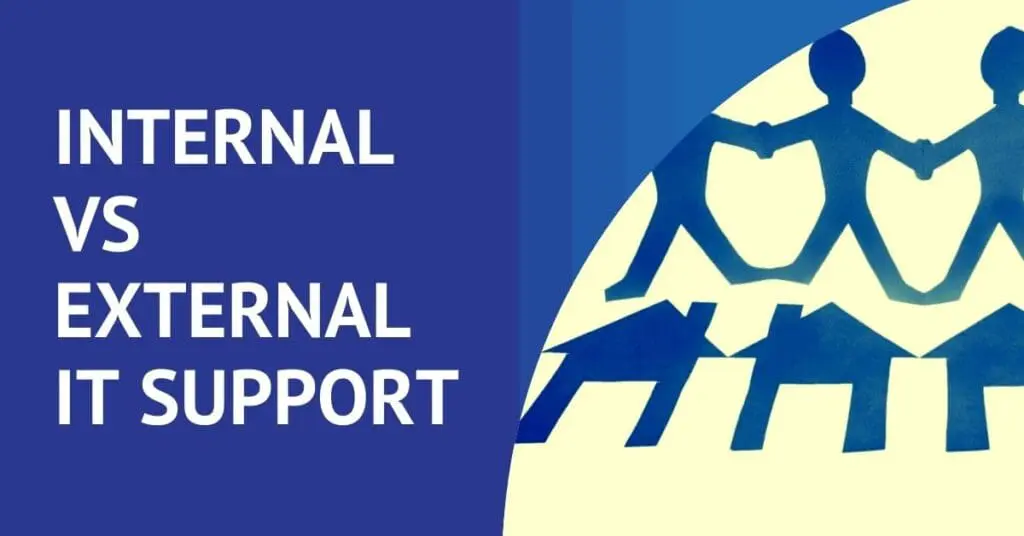Unified Communications Cloud Provider Comparison

Unified Communications (UC) is a cloud-based communications service that combines several core business communication tools into one integrated system. Cloud solutions are designed to help organizations improve productivity, enhance collaboration and reduce costs by eliminating the need for multiple systems. However, there are various types of UC cloud providers, making the selection process even trickier. Here are some of our unified communications cloud provider comparison tips to help you analyze potential providers.
Unified Communications Cloud Provider Comparison
The cloud offers a flexible, scalable and cost-effective platform for bringing together numerous systems in one place. But the type of provider you choose can make or break your business communications strategy. Here are common types of UC cloud providers you should know:
Vertically Integrated
The provider owns the hardware, software and network, as well as has a staff to implement and manage the service. Since all aspects of the cloud service are handled by the provider, customers can have their UC solution custom-tailored to their organization’s needs.
Pure Cloud Service
With this option, a provider only provides the cloud service and has software licensed from a third-party vendor located on a cloud platform. Any software changes are performed by the software vendor rather than the service provider.
Also, the cloud platform supports the SLAs (service level agreements), security, privacy and availability. If the platform has an issue, then the service provider must wait for the platform to return to operation before turning the service back on.
Software Vendor
An alternative to pure cloud service providers, a communication software vendor operates its own software on a cloud platform. The vendor is able to customize the software’s features and functions for customers while the cloud platform handles operations.
Third-Party Implementation
In this approach, a third-party software vendor helps customers install the licensed software on a cloud platform, however, custom features and functions are unlikely to be offered. The SLAs, security, privacy and availability are supported by the cloud platform, which means the vendor relies on the platform operator to fix problems.
Resellers
This is a company that resells cloud services from one or more wholesale providers, either using the provider’s brand name or private labeling the service. Not only is it rare that features and functions can be modified, but resellers also have zero control over the provider’s service.
Build and Scale Your Unified Communications
Integrating voice, video, data, messaging, conferencing, data and collaboration tools into a single platform is one of the best ways to improve efficiency and productivity. Before choosing a cloud provider, it’s crucial that you understand the different business models out there, as well as your organization’s requirements, to streamline the decision-making process.
Once you’ve identified what type of UC cloud provider will work best for your company, the next step is to find an experienced and reliable partner. Due diligence is key to ensuring your provider delivers a solution that not only unites your communications, but also enables your business to thrive. Schedule a consultation now to elevate your unified communications.
Choosing a Business Phone Provider
How do you choose the right business communication partner to help your business thrive? Grab our free, one page checklist. Compiled based on years of experience, this download can help you jump start your search and selection process and:










